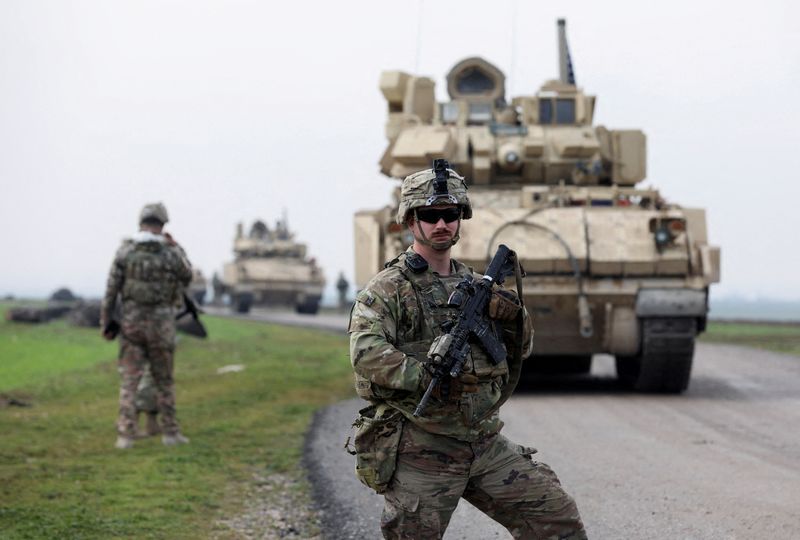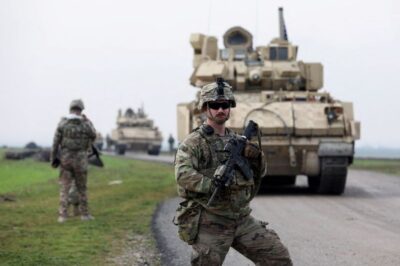
A Major Military Realignment
In a significant recalibration of its Middle East policy, the United States has withdrawn approximately 500 troops from Syria over recent weeks. This move is part of a broader strategy to reduce the American military footprint in the region, consolidating forces into a single remaining base in north-eastern Syria’s Hasakah province. The drawdown reflects a shift in U.S. objectives following the ousting of Syrian President Bashar al-Assad in December 2024 and the subsequent rise of interim leader Ahmed al-Sharaa.
Base Closures and Transfers
The U.S. military has closed two of its bases in Syria and handed over a third to the Syrian Democratic Forces (SDF), a Kurdish-led coalition that has been a key ally in the fight against ISIS. Notably, the Mission Support Site Euphrates was transferred to the SDF, while the Green Village base was shut down entirely. These actions are part of a deliberate and conditions-based consolidation of U.S. forces in the region.
Strategic Reassessment
The decision to reduce troop numbers from approximately 2,000 to under 1,000 aligns with President Donald Trump’s longstanding objective to minimize U.S. intervention abroad. U.S. Special Envoy to Syria, Thomas Barrack, emphasized that the new approach aims to move away from historically ineffective strategies, focusing instead on supporting regional partners and reducing direct military involvement.
Continued Support for the SDF
Despite the drawdown, the U.S. maintains its commitment to supporting the SDF in counterterrorism operations. The SDF has been instrumental in dismantling ISIS’s territorial control and continues to play a vital role in maintaining stability in north-eastern Syria. The integration of the SDF into Syria’s national army is underway, although the process faces challenges due to regional tensions, particularly with Turkey, which views the SDF’s leading faction, the YPG, as linked to the outlawed PKK.
Regional Implications and Concerns
The U.S. withdrawal raises concerns about a potential security vacuum, especially in areas previously stabilized by American forces. There is apprehension that ISIS could exploit these gaps to regroup and launch attacks, as evidenced by recent incidents in southern Syria. Additionally, the reduction of U.S. presence may embolden other regional actors, such as Iran and Russia, to expand their influence in Syria.
Diplomatic Engagements and Future Outlook
In a symbolic gesture signalling improved diplomatic relations, the U.S. raised its flag at the long-closed embassy in Damascus for the first time since 2012. While the embassy has not officially reopened, this act indicates a willingness to engage with Syria’s new leadership. The U.S. continues to monitor the situation closely, balancing its strategic interests with the need to prevent a resurgence of extremist groups in the region.
The ongoing U.S. military drawdown in Syria marks a significant shift in American foreign policy, reflecting a move towards reduced direct intervention and increased reliance on regional partners to maintain stability and counterterrorism efforts.








































Leave a Reply